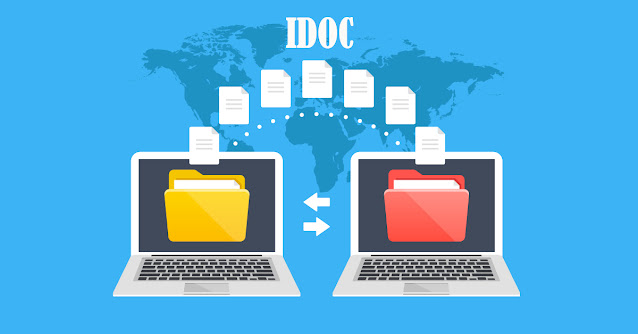Continuing the story of Ashish Enterprise, let's delve deeper into the world of IDoc configuration, specifically focusing on partner profiles and their significance in establishing seamless communication between SAP systems. Partner profiles play a critical role in ensuring that data flows smoothly between System A (Sales) and System B (Production), enabling efficient business processes.
Understanding Partner Profiles:
In simple terms, think of a partner profile as a detailed description of the characteristics and communication preferences of the systems involved in the data exchange. It serves as a handshake agreement between System A and System B, outlining how they will interact and share information.
Logical System:
In the context of partner profiles, a logical system represents a unique identifier for each SAP system or external system participating in the IDoc exchange. It's like a nickname given to a system to distinguish it from others. For example, think of System A as "Sales System" and System B as "Production System." These logical system names help identify and differentiate the systems involved.
Creating a Partner Profile:
To create a partner profile, the SAP Basis administrators follow a step-by-step process to define the communication settings for each system. Imagine it as filling out a form with specific details about each system's communication preferences.
a. Assigning a Partner Number:
The administrators assign a partner number to each system to uniquely identify them within the partner profile. It's like giving a unique ID or customer number to different systems involved in the communication.
b. Specifying Partner Type:
The partner type defines the role or category of the partner system. For example, System A could be classified as a "Customer" system, while System B could be categorized as a "Vendor" system. This categorization helps in organizing and managing the partner profiles effectively.
c. Configuring Communication Parameters:
The administrators set up the communication parameters to establish a reliable connection between the systems. It's like defining the preferred communication method, such as sending messages through a dedicated phone line or using a specific messaging app. They specify the communication method, such as RFC (Remote Function Call), which acts as the medium for data exchange.
d. Defining Logical System Names:
Here, the administrators assign logical system names to System A and System B. These names act as easy-to-remember aliases for the systems involved, making it simpler to refer to them during the configuration process.
e. Establishing Port Settings:
Port settings are like virtual gateways that determine how data flows between the systems. The administrators configure the appropriate ports to ensure that the data is transmitted securely and efficiently. It's like specifying the entry and exit points through which the information will pass.
The specific port selected for IDoc communication depends on the configuration and requirements of the system landscape. In SAP systems, commonly used ports for IDoc communication include:
TCP/IP Ports:
- Port 33XX: This is the default port range for RFC (Remote Function Call) communication in SAP systems, where XX represents the instance number of the system.
- Port 36XX: This port range is used for ALE (Application Link Enabling) communication in SAP systems, where XX represents the instance number of the system.
HTTP/HTTPS Ports:
- Port 80: This is the default port for unsecured HTTP communication.
- Port 443: This is the default port for secured HTTPS communication.

Comments
Post a Comment